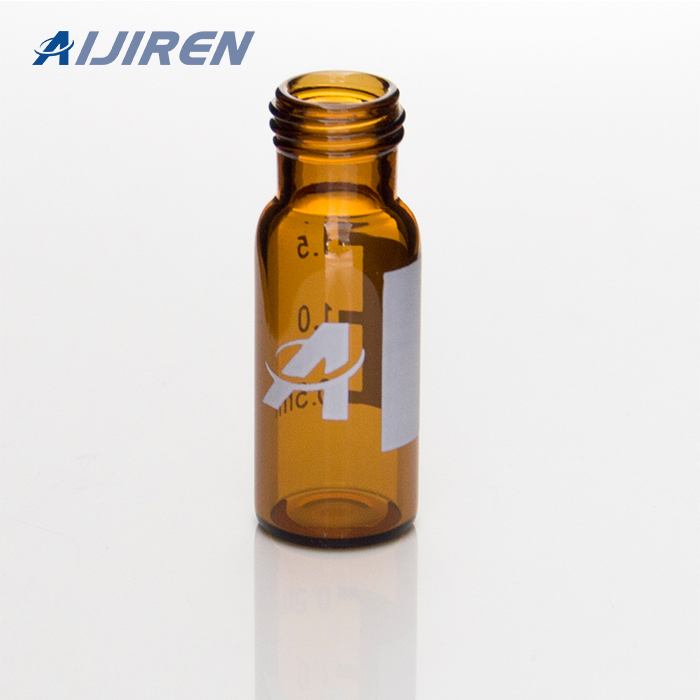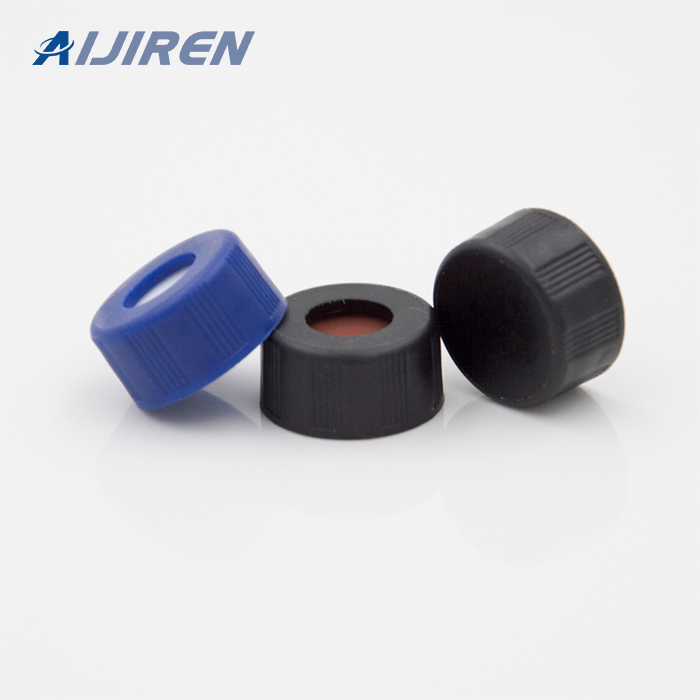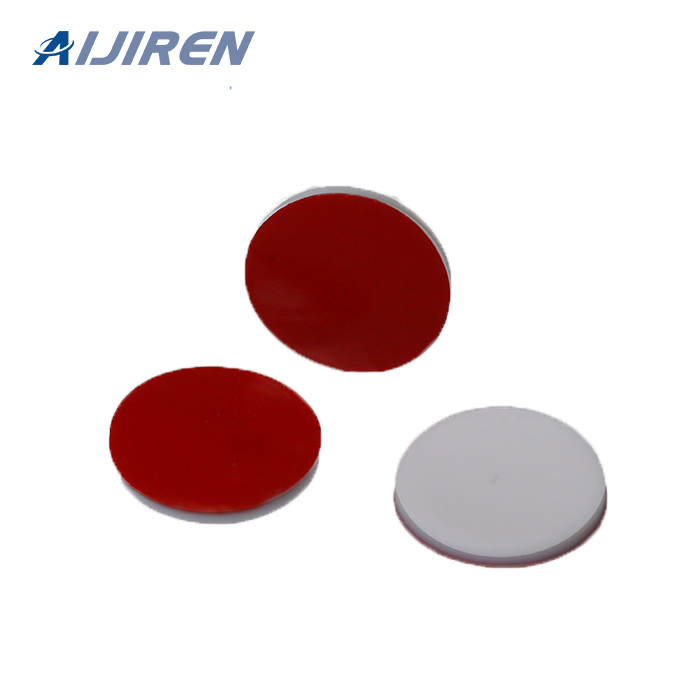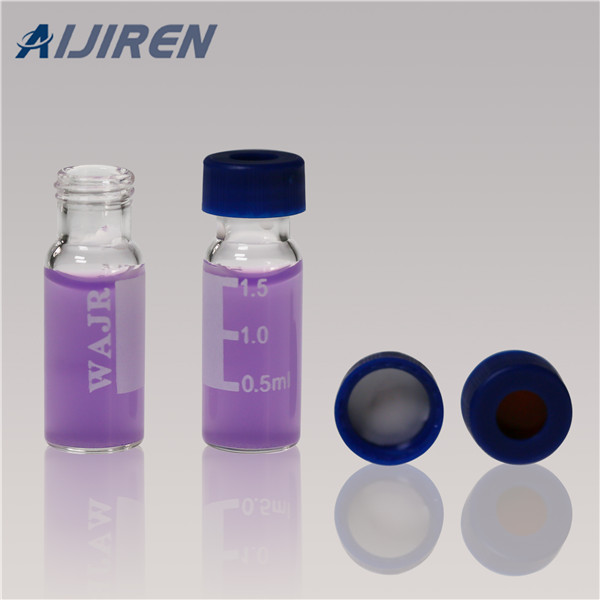



Sep 5, 2022 · HPLC has one advantage over GC column that analysis is possible for any sample can be stably dissolved in the eluent and need not to be vaporized.With this reason, HPLC is used much more frequently in the field of biochemistry and pharmaceutical than the GC column.
We have discussed how HPLC provides analytical data that can be used both to identify and to quantify compounds present in a sample. However, HPLC can also be used to purify and collect desired amounts of each compound, using a fraction collector downstream of the detector flow cell. This process is called preparative chromatography [see Figure K].
Jan 1, 2007 · Sample preparation is a critical step in the analysis of pharmaceutical products. The samples being prepared can come in many forms, as neat chemical compounds such as active pharmaceutical ingredients (API) or in complex matrices that support discovery and toxicological studies requiring the isolation of analytes from reaction byproducts, animal feed, biological fluids and tissues, waste
High performance liquid chromatography (HPLC) can be used to separate and identify different large biomolecules such as protein and peptides in a sample. It is based on the pumping of a sample with a solvent (mobile phase) through a column packed with sorbent material (stationary phase) at a high pressure.
1. INTRODUCTION. The pharmaceutical quality control laboratory serves one of the most important functions in pharmaceutical production and control. A significant portion of the CGMP regulations
detector for analysis of a test sample and is analysed to determine if it contributes to the measurement signal. Reagent blanks are often used with techniques such as spectrophotometry to zero the instrument before measuring test samples and other blanks. A reagent blank should also be
HPLC sample preparation Clean samples = clean results. HPLC is one of the most common high-precision analytical methods. Its primary objective: deliver reproducible and specific results. A sample needs to be optimally prepared so it can be injected directly onto an HPLC column.
Chemical Analysis, Life Sciences, and Diagnostics | Aijiren
Jul 21, 2022 · Prior to analytical high-performance liquid chromatography (HPLC) applications, samples are prepared by a variety of methods, all of which have the potential to influence analytical results by
High performance liquid chromatography, known as HPLC, works by using high-pressure pumps to effectively force a sample mixture containing the solvent through a column that contains a solid absorbent material. This absorbent material interacts differently with each component in the solvent. As the solvent components flow out of the column, they
Chromatography and Mass Spectrometry Liquid Chromatography - Sample Preparation Liquid Chromatography (HPLC & UHPLC) - Sample Preparation Sample preparation is key but often overlooked step in the chromatography process. Every sample is unique and what works for one preparation may not work as well for another.
High performance liquid chromatography, known as HPLC, works by using high-pressure pumps to effectively force a sample mixture containing the solvent through a column that contains a solid absorbent material. This absorbent material interacts differently with each component in the solvent. As the solvent components flow out of the column, they
HPLC Standards, Reagents and Solvents Use high quality reagents for the best results possible By using the correct reagent, you can increase or decrease retention and control selectivity, resolve complex ionic mixtures without using ion exchange columns, and improve peak symmetry.
Buffer for first purification step. Filter (0.45 μm) or centrifuge the sample (10 000 ×g at 4 °C). Add 1 part 1 M Tris-HCl, pH 8.0 to 10 parts sample volume to maintain pH. Stir gently. Add ammonium sulfate solution, drop by drop. Add up to 50% saturation*. Stir for 1 hour. Centrifuge 20 min at 10 000 ×g.
Chemical Analysis, Life Sciences, and Diagnostics | Aijiren
High performance liquid chromatography, known as HPLC, works by using high-pressure pumps to effectively force a sample mixture containing the solvent through a column that contains a solid absorbent material. This absorbent material interacts differently with each component in the solvent. As the solvent components flow out of the column, they
Chromatography and Mass Spectrometry Avantor has the resources to make your Chromatography or Mass Spectrometry applications run efficiently and effectively—from the measuring apparatus needed for chromatography, or the proteins used to fulfill sample manipulation during mass spectrometry.
Jul 21, 2022 · HPLC is one of the most common high-precision analytical methods. Its primary objective: deliver reproducible and specific results. A sample needs to be optimally prepared to inject it directly
Jan 1, 2007 · Sample prepa- ration can be as simple as the transfer of the analytes from the source container to an HPLC sample vial or complex requiring multiple steps such as extraction, concentration, cleanup, solvent transfer and chemical modification.
We have discussed how HPLC provides analytical data that can be used both to identify and to quantify compounds present in a sample. However, HPLC can also be used to purify and collect desired amounts of each compound, using a fraction collector downstream of the detector flow cell. This process is called preparative chromatography [see Figure K].
Chromatography and Mass Spectrometry Liquid Chromatography - Sample Preparation Liquid Chromatography (HPLC & UHPLC) - Sample Preparation Sample preparation is key but often overlooked step in the chromatography process. Every sample is unique and what works for one preparation may not work as well for another.
High performance liquid chromatography (HPLC) can be used to separate and identify different large biomolecules such as protein and peptides in a sample. It is based on the pumping of a sample with a solvent (mobile phase) through a column packed with sorbent material (stationary phase) at a high pressure.
HPLC has one advantage over GC column that analysis is possible for any sample can be stably dissolved in the eluent and need not to be vaporized.With this reason, HPLC is used much more frequently in the field of biochemistry and pharmaceutical than the GC column.
1. INTRODUCTION. The pharmaceutical quality control laboratory serves one of the most important functions in pharmaceutical production and control. A significant portion of the CGMP regulations
Jul 21, 2022 · Prior to analytical high-performance liquid chromatography (HPLC) applications, samples are prepared by a variety of methods, all of which have the potential to influence analytical results by
HPLC sample preparation Clean samples = clean results. HPLC is one of the most common high-precision analytical methods. Its primary objective: deliver reproducible and specific results. A sample needs to be optimally prepared so it can be injected directly onto an HPLC column.
Mar 9, 2022 · An injector for an HPLC system should provide an injection of the liquid sample within the range of 0.1-100 mL of volume with high reproducibility and under high pressure (up to 4000 psi). 4. Columns
HPLC Standards, Reagents and Solvents Use high quality reagents for the best results possible By using the correct reagent, you can increase or decrease retention and control selectivity, resolve complex ionic mixtures without using ion exchange columns, and improve peak symmetry.